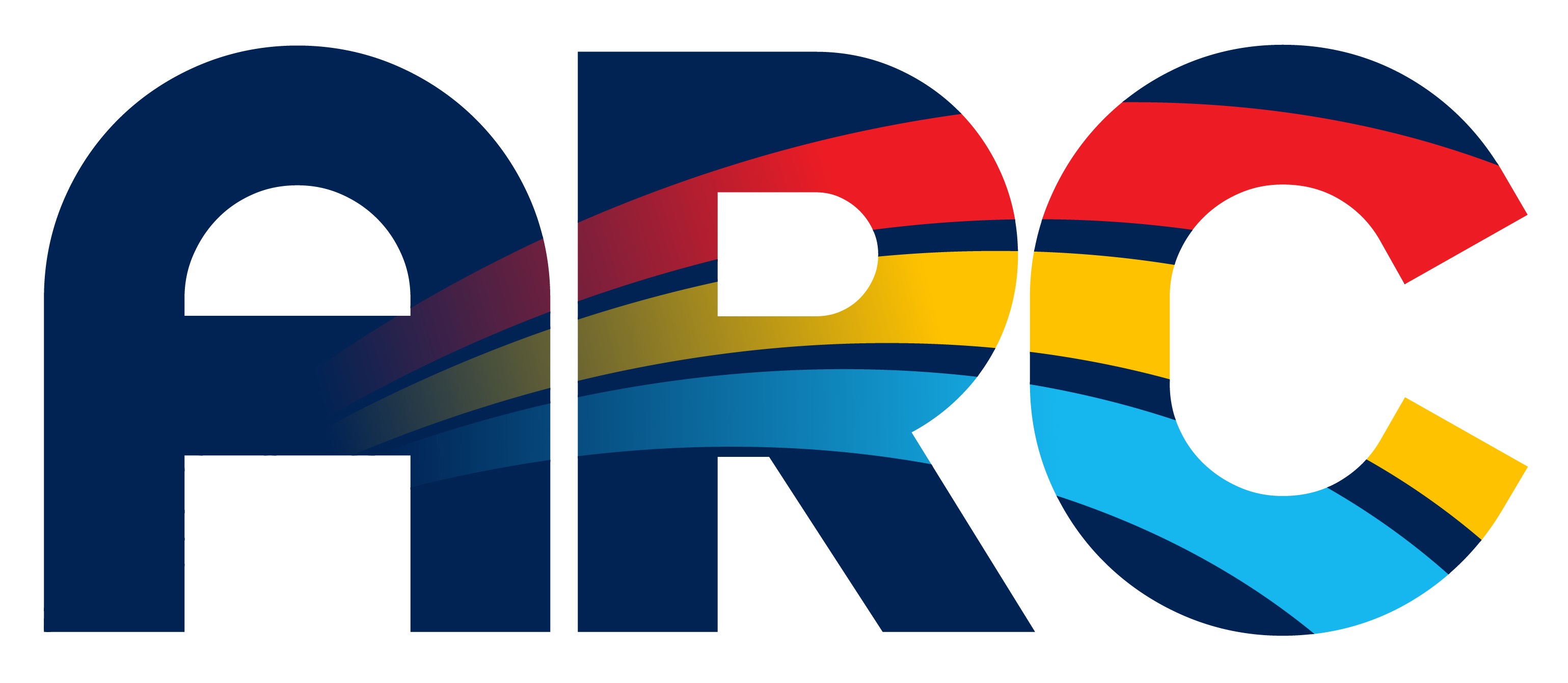The Development of California Agriculture and the First California Colleges
Presenter Status
Assistant Professor, History and Political Studies
Presentation Type
Oral Presentation
Location
Buller Hall, Room 250
Start Date
23-5-2019 1:45 PM
Presentation Abstract
This paper examines the history of agriculture in California during the second half of the nineteenth century. It addresses how California began to look at agriculture from an academic standpoint in order to provide farmers with a scientific and professional basis. The first colleges in California were established in 1851, one year after statehood. These colleges were interested in science and agriculture and soon became a part of that interest. Santa Clara College was one of the first two colleges established, and one of its founders, Michael Accolti, became a proponent of agricultural and farming techniques. Accolti, a Jesuit from Italy, wrote articles and letters in the 1860s concerning agriculture. His works were published in the California Farmer journal. He advocated for systematic and scientific agricultural methods and promoted a diversification of agricultural crops. Around the same time Accolti was writing on agriculture, plans were underway for the founding of a state university. The University of California included a College of Agriculture. Instruction in agricultural studies included practical work with plants and various agricultural processes, as California was viewed as being able to grow a wide range of crops. Results of testing new plants and processes were made known to the public, and the University of California would become a world leader in education and research. Through analyzing agriculture as practiced in California’s first higher educational institutions, a better understanding can be gained as to how California became a model and leader in agricultural practices in the decades to come.
Biographical Sketch
EDUCATION
Ph.D., History, University of California, Los Angeles, December 2017 Dissertation: “Science Education in Early California Colleges, 1850 - 1880”
M.A., Education, La Sierra University, Riverside, California, 2006
M.B.A., Southern Adventist University, Collegedale, Tennessee, 2003
B.A., History (summa cum laude) and B.S., Mathematics (summa cum laude), La Sierra University, Riverside, California, 2000
TEACHING EXPERIENCE
Southern Adventist University, Assistant Professor of History 2018 - Present University of California, Los Angeles, Instructor/Teaching Fellow 2007 - 2016
PRESENTATIONS
“Science in the California State Normal School,” History of Science Society Annual Meeting, Toronto, November 2017
“Teaching the Teachers about Science: The California State Normal School,” UCLA History of Science, Medicine, and Technology Colloquium, University of California, Los Angeles, October 2017
“A Tale of Two Schools: Medical Education and California’s Political Economy,” Andrews Research Conference: Early Career Researchers and Creative Scholars in the Arts and Humanities, Andrews University, Berrien Springs, Michigan, May 2016
“Medical Education Starts in California,” Association of Seventh-day Adventist Historians, La Sierra University, Riverside, California, March 2016
OTHER PROFESSIONAL EXPERIENCE
Research/Editorial Assistant to Theodore Porter, book project, 2017 - 2018 Genetics in the Madhouse (Princeton University Press) College Academic Mentor, College Academic Counseling, UCLA 2014 - 2017 Research assistant to the chair of the UCLA Department of History 2016 - 2017 and president of the Western History Association
SERVICE TO THE UNIVERSITY (SELECTED)
Member, Committee on Library and Scholarly Communications, UCLA Winter and Spring 2015 President, Graduate Students Association, UCLA 2011 - 2012 Member, Associated Students, UCLA (ASUCLA) Board of Directors 2009 - 2011; 2012 - 2013
AFFILIATIONS
American Historical Association; History of Science Society; Western History Association
The Development of California Agriculture and the First California Colleges
Buller Hall, Room 250
This paper examines the history of agriculture in California during the second half of the nineteenth century. It addresses how California began to look at agriculture from an academic standpoint in order to provide farmers with a scientific and professional basis. The first colleges in California were established in 1851, one year after statehood. These colleges were interested in science and agriculture and soon became a part of that interest. Santa Clara College was one of the first two colleges established, and one of its founders, Michael Accolti, became a proponent of agricultural and farming techniques. Accolti, a Jesuit from Italy, wrote articles and letters in the 1860s concerning agriculture. His works were published in the California Farmer journal. He advocated for systematic and scientific agricultural methods and promoted a diversification of agricultural crops. Around the same time Accolti was writing on agriculture, plans were underway for the founding of a state university. The University of California included a College of Agriculture. Instruction in agricultural studies included practical work with plants and various agricultural processes, as California was viewed as being able to grow a wide range of crops. Results of testing new plants and processes were made known to the public, and the University of California would become a world leader in education and research. Through analyzing agriculture as practiced in California’s first higher educational institutions, a better understanding can be gained as to how California became a model and leader in agricultural practices in the decades to come.



